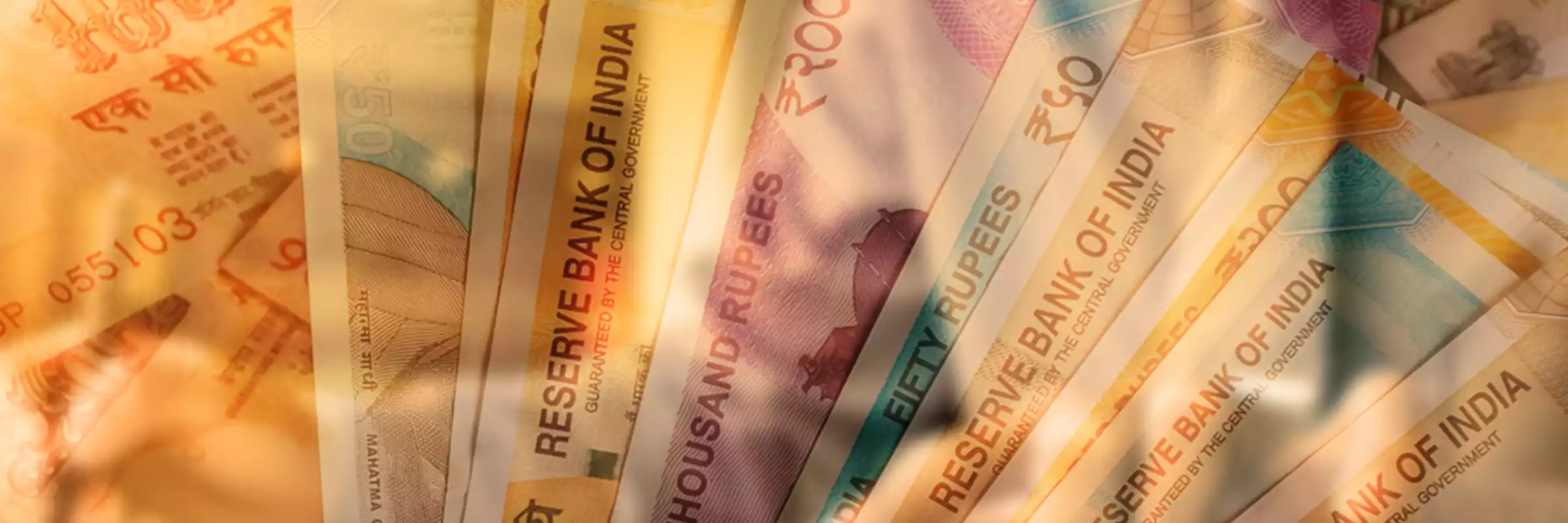
- Home
- Featured Themes
- Gender
How do banks score on
About Gender
India ranks 108 out of the 149 countries ranked on the Global Gender Gap Index. India’s female labour force participation rate (LFPR) fell to a historic low of 23.3 per cent in 2017-18, meaning that over three of four women over the age of 15 years in India was neither working nor seeking work. (The age of 15 is the cut-off used for global comparisons by ILO). The representation of women in senior level positions was especially very poor across all sectors which is also reflected in the financial sector.
Various developments have taken place in India to promote participation of women in the workforce. The Sexual Harassment of Women at the Workplace (Prevention, Prohibition and Redressal) Act (2013) (SHWW Act) was enacted to provide a safer environment for women to work in. The Companies Act (2013) mandated companies to appoint at least one woman director on their boards to enhance gender diversity. However, many listed companies in India are yet to comply with this. Enabling women’s advancement is a critical element of sustainable finance and well within the purview and responsibility of financial institutions. NVGRF’s Principle 7 discusses the role that financial institutions can play in supporting women’s empowerment.
Thank you for submitting
Your message has succesfully been placed
